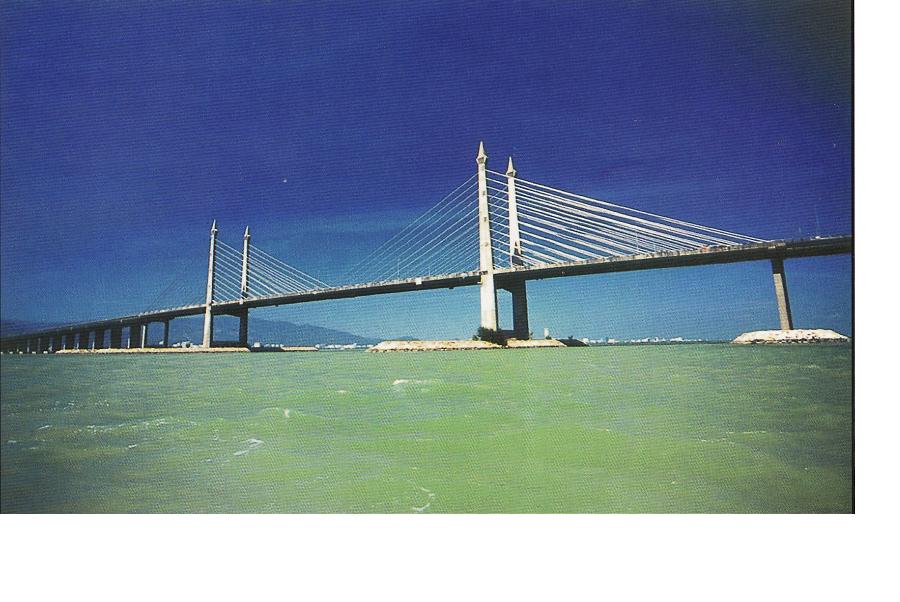
Malaysia's Penang Island became a sister city of Xiamen in the southern Chinese province of Fujian on November 10, 1993. Since then, the two have conducted frequent exchanges in political, economic, trade, cultural and sporting affairs.

Penang Island is the third-largest city in Malaysia. Its sub-city, George, is the capital city of Penang State. Penang Island is an important port city, industrial base and economic center in the northern part of Malaysia.
The city covers an area of 325 square kilometers and contains a population of approximately 700,000. It has a tropical monsoon climate, leading to mild temperatures and humidity all year round. Its annual average temperature is 26.9 degrees Celsius, while annual precipitation reaches 2,434 millimeters.
The industrial output of Penang Island takes the lead in North Malaysia. Its main industries include those involving the production of tin metallurgy, rubber, shipbuilding, building materials, grease, leather, timber, cosmetics and handicrafts.
Penang is the largest industrial base for electronics in Malaysia and the largest textile base in Southeast Asia. The freight handling volume of Penang port accounts for 30 percent of that of the whole country. Its main exports include rubber, palm oil, sugar and chemical fertilizer.
Penang is a well-known tourism area in Malaysia and is known as "the Oriental Pearl." Scenic spots in the city include Batu Ferringhi, Kek Lok Si Temple (the largest Buddhist temple in Malaysia, which took 20 years to complete), Wat Chayamangkalaram Thai Buddhist Temple and Asia's first funicular in the Penang Hill.
China announced and implemented on May 15 a policy allowing visa-free entry of foreign tourist groups aboard cruise ships via all cruise ship ports along the country's coastline.
China and Georgia are set to waive visa requirements for travelers starting May 28.